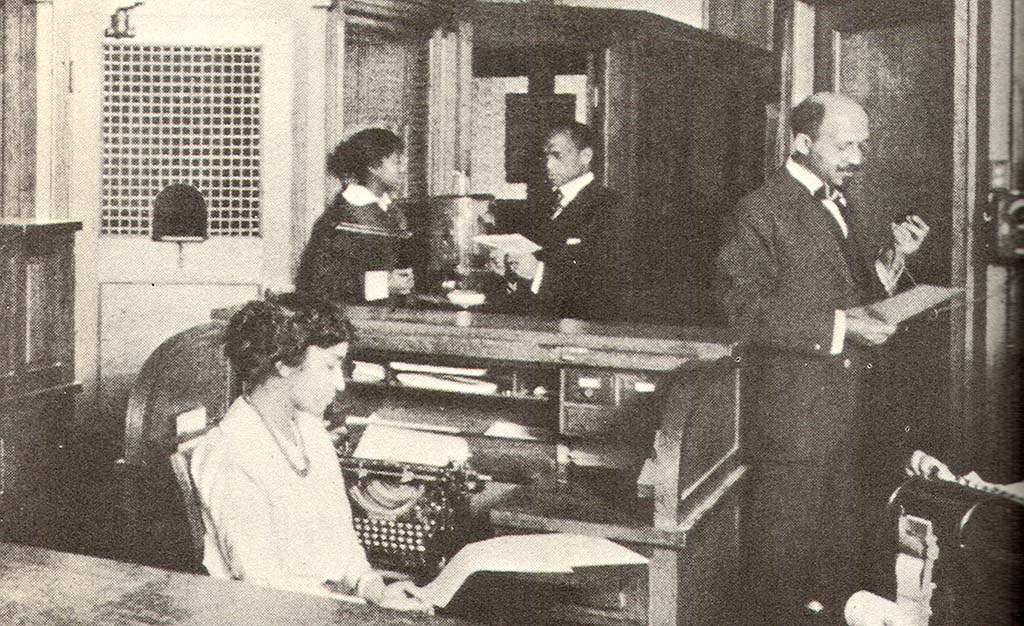The Crisis
“A Record of the Darker Races”
The National Association for the Advancement of Colored People (NAACP), under the leadership of its co-founder, renowned historian, civil rights activist, and sociologist W.E.B. DuBois, established the Crisis Magazine in 1910 to provide a circulating publication for its members. Founded in one room of the New York Evening Post building in New York City, a group of NAACP leaders, which included DuBois, activist and writer Mary White Ovington, and William English Whaling, adapted the name from James Russell Lowell’s poem “The Present Crisis” which was written at the zenith of the Civil War. When the inaugural issue of the “The Crisis” was published in November 1910, Du Bois wrote that the goal of the publication was to “set forth those facts and arguments which show the danger of race prejudice, particulary as manifested today toward colored people.” Du Bois also added the publication’s remarkable subtitle “a record of the darker races.”

From its inception, the Crisis sought to distinguish itself from mainstream white publications and even extant African American publications and periodicals. As Du Bois would write, “…it was the rule of most white papers never to publish a picture of a colored person except as a criminal and the colored papers published mostly pictures of celebrities who sometimes paid fro the honor. In general, the Negro race was just a little afraid to see itself in plain ink.” Du Bois and his colleages sought to engender of cultural and intellectual revolution, one that would precede and herald the New Negro Movement in the 1920s, that would devote its content to promoting Black literature and art, politics and social occurrences that were critical to Black political action, and significant and quotidian events in Black life. They turned their gaze inward and allowed Black people to see versions of themselves they recognized that were in contrast the hyper-visible narratives of violence and caricatures of their personality and humanity often seen in white mainstream publications.

Today, as a still existing publication, “The Crisis” continues to focus on social justic issues, Black history, and Black art and culture.